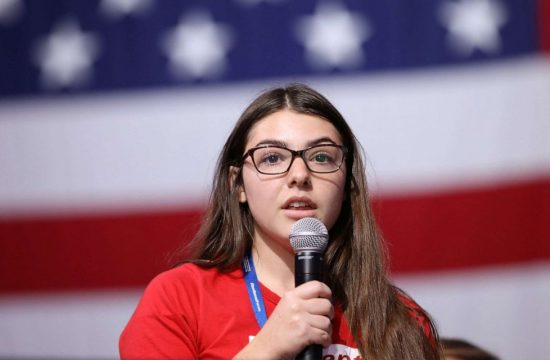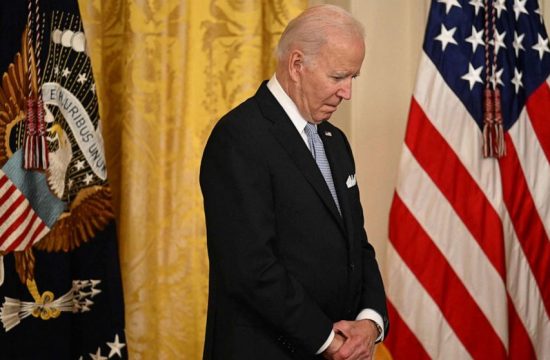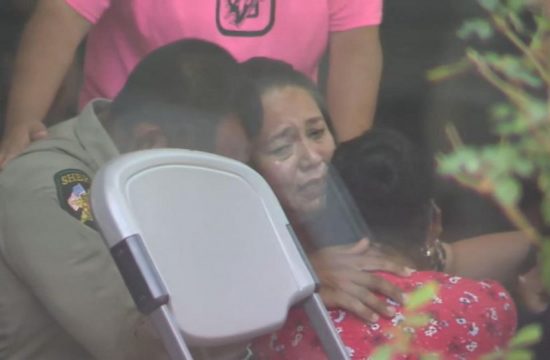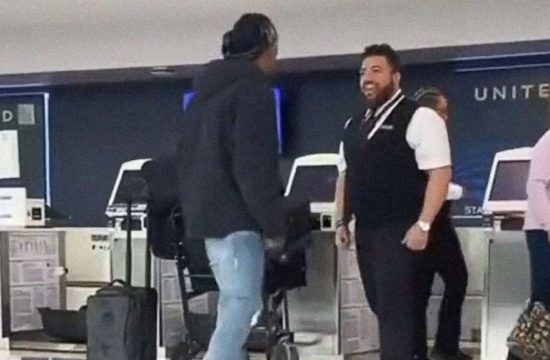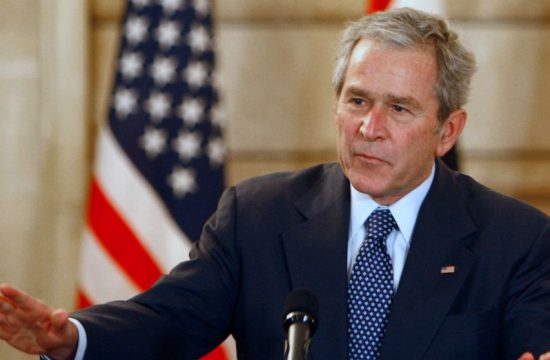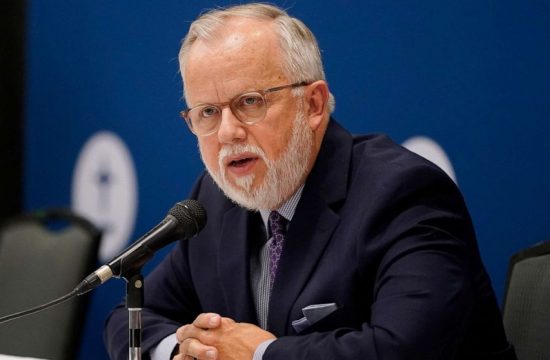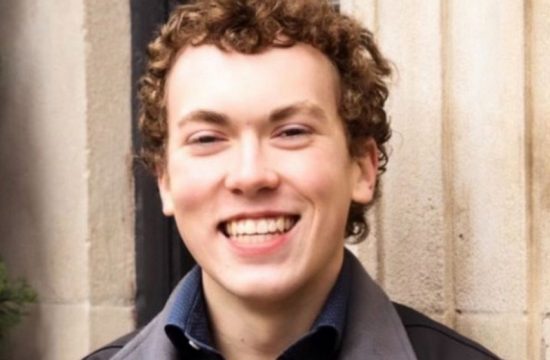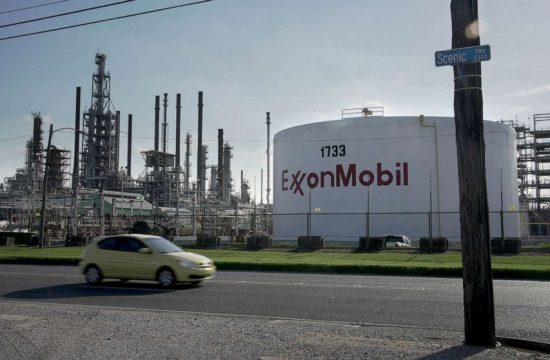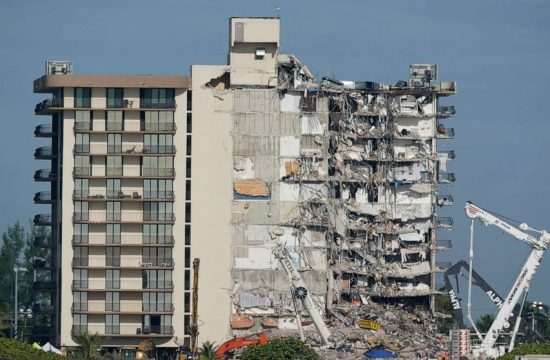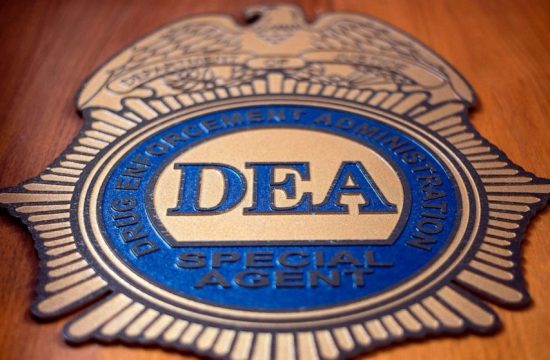White House officials were forced to attempt to clarify a timeline of President Donald Trump‘s coronavirus diagnosis and treatment Saturday after the president’s doctor made statements that did not align with public information.
“Seventy-two hours into the diagnosis now,” Dr. Sean Conley, physician to the president, said in a press conference outside Walter Reed National Military Medical Center, where the president is being treated for the virus, “the first week of COVID, and in particular days seven to 10, are the most critical in determining the likely course of this illness.”
Conley stated the president was 72 hours into the diagnosis just 36 hours after the president announced he was diagnosed. Seventy-hours from Saturday morning would have meant a diagnosis on Wednesday morning; the president announced his diagnosis shortly after midnight Friday, saying he received the positive test that night.
About an hour after Conley’s conference, a White House administration official told ABC News Conley meant “day 3,” not “72 hours,” claiming the diagnosis was made Thursday night, with an experimental drug by Regeneron administered later that night (i.e. “day 2”), not 48 hours ago, as Conley had also stated. Conley said in a statement Saturday afternoon the Regeneron treatment was on Friday, although it’s unclear at what time.
As confusion around the timing of the president’s diagnosis and treatment grows — which is especially critical as the president had a busy week seeing many people around the country — here’s what’s known so far.
Wednesday
According to White House officials, Trump had not yet been diagnosed with coronavirus on Wednesday. On that day, he traveled to Minnesota, where he attended a fundraiser and hosted a rally.
Thursday
It was on the return trip from Minnesota that Hope Hicks, a senior aide to the president, began exhibiting symptoms and isolated herself in a cabin. Sources told ABC News she tested positive on Thursday.
Conley said Saturday Trump first had a fever on Thursday.
Thursday early evening
The public began to learn coronavirus had hit the White House’s inner circle as Bloomberg News reporter Jennifer Jacobs reported Hicks’ positive diagnosis. The president later confirmed that in an interview Thursday night with Sean Hannity on Fox News.
This came after the president had traveled to his golf club in Bedminster, N.J., that day for a private fundraiser.
Thursday night and early Friday
At 12:54 a.m. ET, Trump tweeted that he and Melania Trump had tested positive, saying they were beginning “our quarantine and recovery process immediately.”
According to a White House administration official, Trump then began receiving Regeneron’s experimental antibody cocktail later that same night. Conley said in a Saturday afternoon statement the Regeneron treatment was started on Friday, although the exact timing was not clarified.
Friday morning and early afternoon
White House Chief of Staff Mark Meadows told reporters Friday morning Trump had “mild symptoms.”
On Friday afternoon, Trump’s physician announced the president was “fatigued” and had been treated with a single 8-gram dose of Regeneron’s polyclonal antibody cocktail, according to a statement from his physician. [Regeneron’s founder later clarified the cocktail is called a “monoclonal” antibody, not a “polyclonal” antibody, as it was originally described in the statement.]
However, on Saturday, sources close to the president told ABC News Trump’s vitals on Friday morning had been “concerning.” Trump was having trouble breathing and received supplemental oxygen on Friday at the White House after his oxygen levels dropped, according to the sources.
Friday late afternoon and evening
Those issues were in part what prompted the president to be transferred to the hospital, according to the sources. Around 6:30 p.m. Friday, the president was taken to the Walter Reed Medical Center in Bethesda, Maryland, on the Marine One helicopter.
The president’s Twitter account sent out a video at about the same time showing the president saying, “I think I’m doing very well, but we’re going to make sure that things work out.”
Late Friday night, Conley said in a memo to White House Press Secretary Kayleigh McEnany made public that the president was “doing very well,” required no “supplemental oxygen” and that he has started remdesivir therapy, a treatment that has been FDA authorized for emergency use, not yet given full approval, which takes longer. Conley said he had “completed his first dose and is resting comfortably.”
Saturday morning
Sources familiar with the matter told ABC News Saturday morning Trump had rested well through the night. As of that morning, the president was still feeling fatigued but was still signing papers and doing work, the sources said. The sources said he was not having difficulty breathing and described his breathing as normal.
The sources said doctors were continuing to monitor and evaluate him through the weekend to determine when he could return to the White House.
At a press conference late Saturday morning, Dr. Sean Dooley said the president was not currently on oxygen, but neither he nor Conley would clarify if the president had ever been on oxygen.
“We have monitored his cardiac function, his kidney function, his liver function — all of those are normal and the president this morning is not on oxygen, not having difficulty breathing or walking around the White House medical unit upstairs,” Dooley said.
Conley said the president had been fever-free for “over 24 hours.”
After that optimistic press conference, a “source familiar with the president’s health” told the White House pool — a group of reporters — that: “The President’s vitals over last 24 hours were very concerning and the next 48 hours will be critical in terms of his care. We are still not on a clear path to a full recovery.”
ABC News’ Katherine Faulders, John Santucci and Elizabeth Thomas contributed to this report.


